The optimization of energy consumption of film slitting machine needs to be achieved through equipment design, process improvement and intelligent management, and the following are some key design and technical means that can significantly reduce electricity costs:
1. Efficient power system design
• Inverter motor drive
The use of high-efficiency inverter motors (such as IE4/IE5 standards) dynamically adjusts the speed according to the actual load to avoid energy waste at no load or low load.
• Servo control system
The servo motor is used in the tension control, rewinding and unwinding links, which is 20%~30% energy-saving compared with the traditional asynchronous motor, and has faster response and higher precision.
• Regenerative braking recuperation
Converts the kinetic energy of the slitter when it decelerates or brakes into electrical energy and feeds back to the grid (especially suitable for high-speed slitting machines).
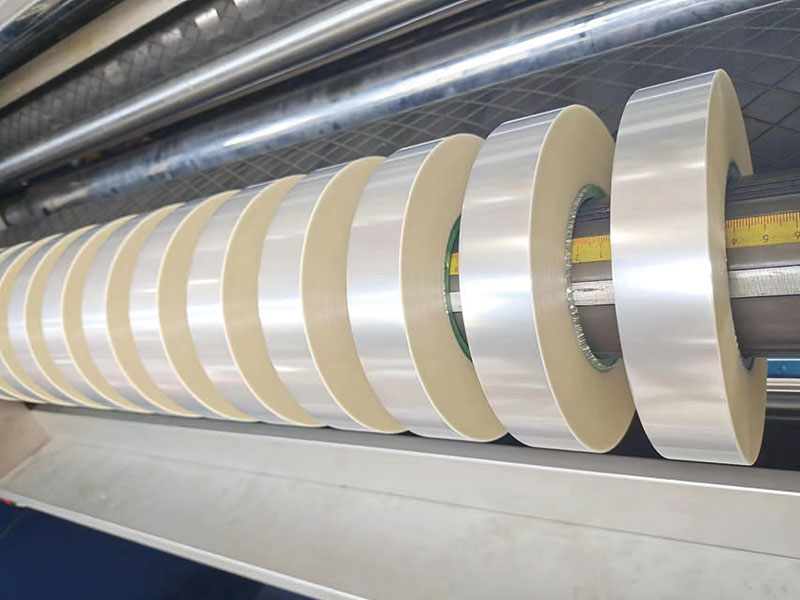
2. Low resistance and lightweight structure
• Air bearing/magnetic guide rollers
It replaces traditional mechanical bearings, reduces frictional resistance, and reduces transmission energy consumption (suitable for high-speed slitting scenarios).
• Lightweight materials
The use of aluminum alloy or carbon fiber components reduces the mass of rotating parts and reduces the inertial energy consumption for starting and operation.
3. Intelligent slitting process optimization
• Dynamic tension control
The film tension is monitored in real time through the sensor, and the rewinding and unwinding torque is automatically adjusted to avoid the overload and power consumption of the motor caused by overtension.
• Self-adapting slitting parameters
According to the material and thickness of the film, the slitting speed, knife pressure and other parameters are automatically optimized to reduce ineffective energy consumption (such as excessive slitting speed leading to repeated trimming).
• Multi-axis synchronous control
Ensure that the motors of each station work together to avoid additional energy consumption caused by asynchronicity.
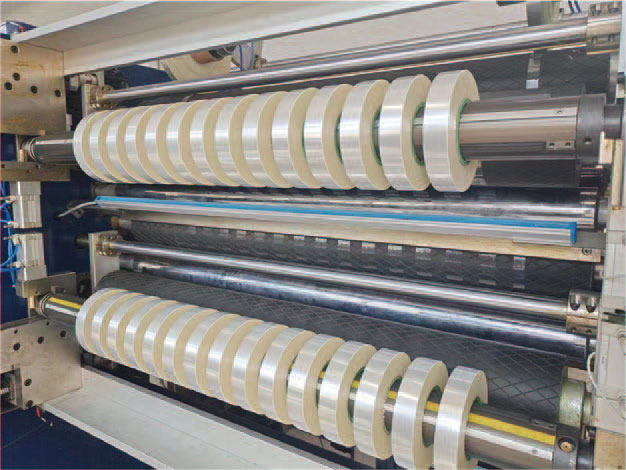
4. Thermal management and energy-saving auxiliary systems
• Efficient cooling system
Liquid-cooled or air-cooled systems are used to optimize heat dissipation of motors and drives, avoiding efficiency losses due to overheating and frequency reduction.
• Waste heat recovery
The heat generated during the slitting process (such as motor and bearing heat) is recovered for workshop heating or other process links.
5. Other energy-saving designs
• LED lighting replacement
The use of low-power LED light sources in the working area of the equipment reduces auxiliary energy consumption.
• Standby mode automation
When the device is idle, it automatically enters a low-power standby state (such as turning off the auxiliary air pump, lighting, etc.).
Comparison of actual results
• Traditional slitting machine: constant power, low efficiency at low load, significant waste of energy consumption.
• Optimized slitting machine: through frequency conversion + servo + intelligent control, the comprehensive power consumption can be reduced by 15%~40%, especially in high-frequency start-stop or variable specification production.
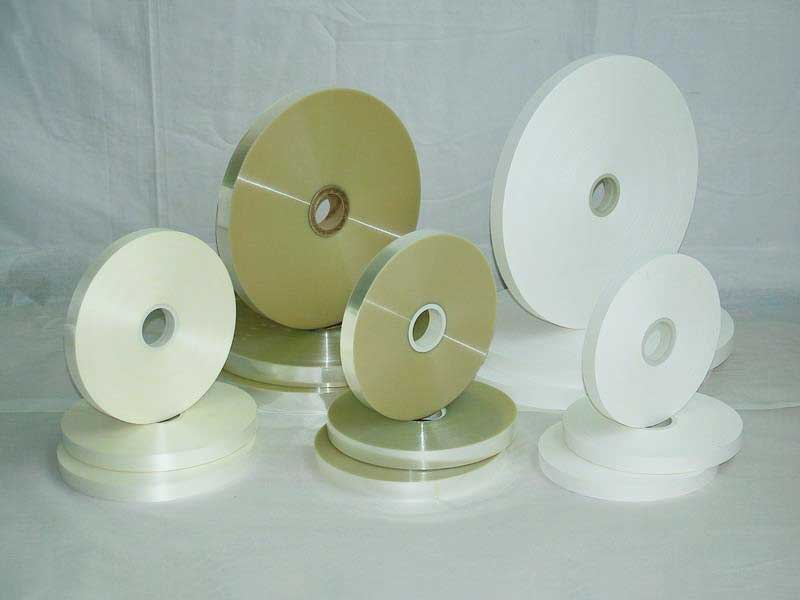
Recommended implementation steps
1. Prioritize upgrading the motor system (inverter/servo modification).
2. Install sensors and intelligent control systems (such as PLC + Internet of Things modules).
3. Regularly maintain transmission parts (e.g. lubricating guide rollers, replacing worn tools) to keep the equipment in optimal condition.
Through the above design, the film slitting machine can significantly reduce the long-term electricity cost while ensuring production efficiency, especially suitable for enterprises with high output or high electricity prices.
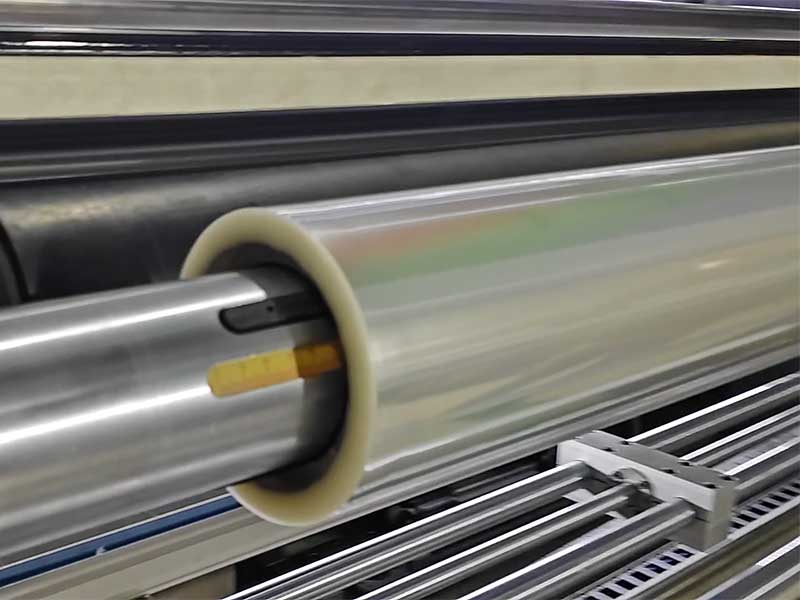
The intelligent control design of the new generation of film slitting machine represents the transformation of industrial equipment from "tool" to "partner".
20. December, 2025
Achieving continuous 1,000 hours of trouble-free operation requires not only systematic technical upgrades, but also all-round innovation from design concept to maintenance strategy.
20. December, 2025
In the face of a dazzling array of models on the market, how to make informed decisions when purchasing?
20. December, 2025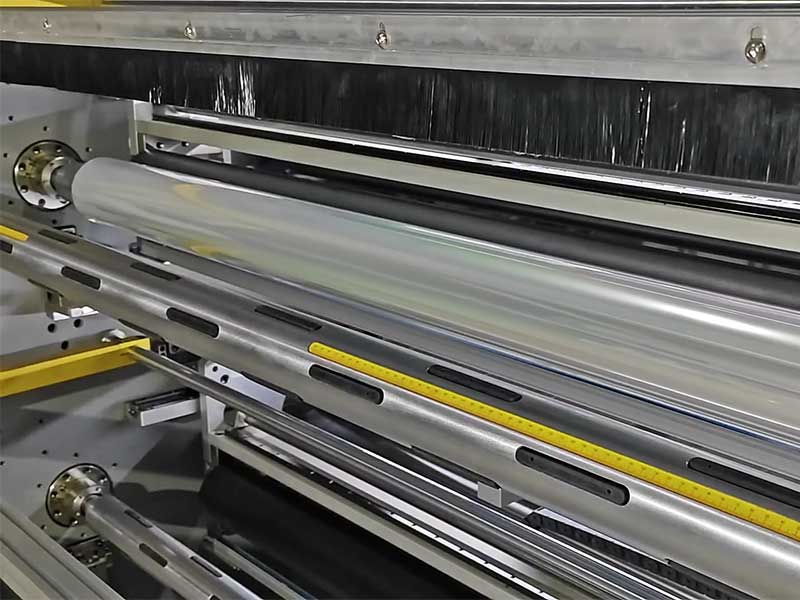
These film materials need to be precisely cut into different widths during the production process to meet the needs of various models and components.
10. December, 2025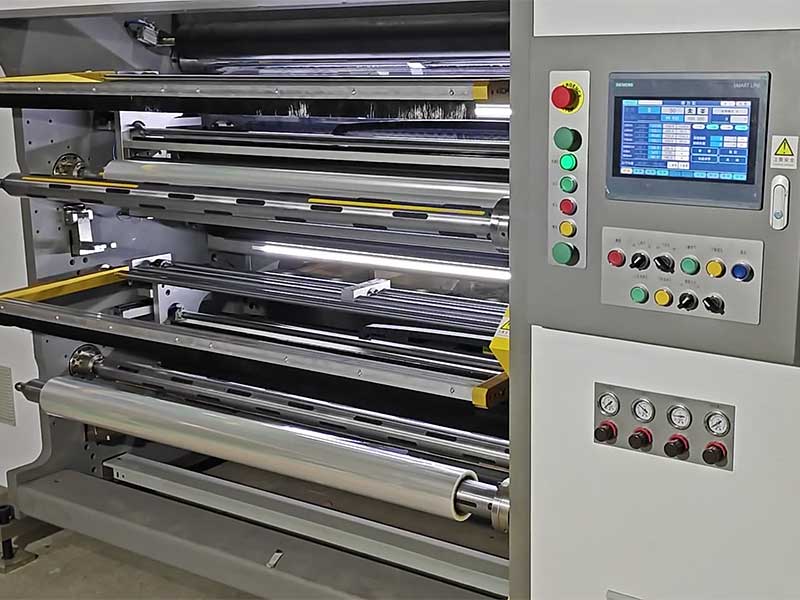
The automotive film slitting machine, an increasingly intelligent "cutting knife", is accurately cutting out redundant costs, inefficient processes and backward production methods.
10. December, 2025